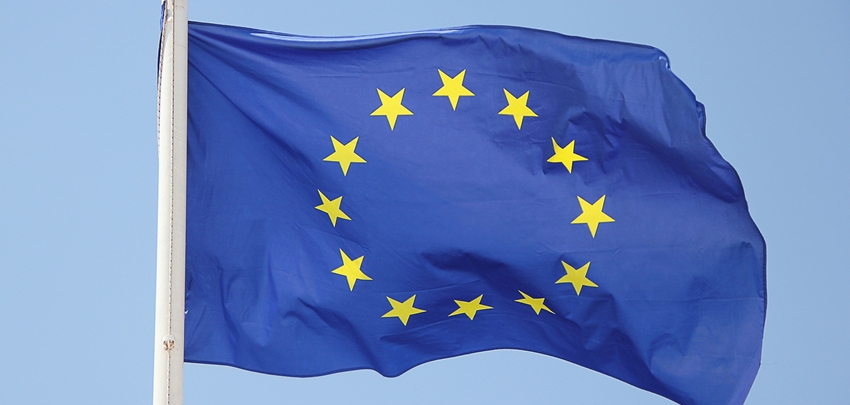New Strategy for Sustainable Finance - What are the interactions with the SFDR, CSRD, and Taxonomy Regulation?

The European Commission (EC) published a New Strategy for Sustainable Finance on July 6, 2021. Its aim is to make the financial system in the European Union more sustainable by encouraging private investment in sustainable projects and activities in line with the European Green Deal. This article answers the following questions: Why a New Strategy for Sustainable Finance and what does it entail? What are the interfaces with the SFDR, CSRD and Taxonomy Regulation? What are the next steps?
Why a New Strategy for Sustainable Finance and what does it entail?
The reason for the New Strategy for Sustainable Finance is that the global context has changed. To achieve the EU climate goals for 2030, the EC estimates that 480 billion euros of additional investments will be needed annually, not only from the public but also from the private sector. This calls for a new way of thinking about sustainable investment.
The new strategy includes 6 actions:
- Expand existing sustainable financing instruments to facilitate financing the transition;
- Increase involvement of SMEs and consumers;
- Increase resilience of economic and financial system to sustainability risks;
- Increase financial sector contribution to sustainability;
- Ensure integrity of EU financial system and oversee orderly transition to sustainability;
- Develop international initiatives and standards for sustainable finance and support EU partner countries.
What are the interfaces with the SFDR, CSRD and Taxonomy Regulation?
The new strategy can be divided into 3 groups: expanding the taxonomy framework, expanding transparency requirements for the SFDR (Sustainable Finance Disclosure Regulation), CSRD (Corporate Sustainability Reporting Directive) and Taxonomy Regulation, and expanding tools.
Expansion of the taxonomy framework
The taxonomy framework is being expanded by:
- Adopting additional climate legislation covering activities not yet included under the Taxonomy Regulation on climate mitigation and climate adaptation, such as agriculture and nuclear power. These will follow in September or October 2021;
- Adopting criteria for the remaining environmental targets, namely water, circular economy, waste prevention and biodiversity in the second half of 2022, which will then apply from 2023.
The committee is also expected to publish a report on extending the taxonomy framework to "brown" criteria. Consultations on this will take place in the third quarter of this year.
Extension of transparency requirements for SFDR, CSRD and Taxonomy Regulation.
There will be additional transparency requirements for both financial and non-financial companies in the CSRD, SFDR and Taxonomy Regulation by embedding sustainability preferences in investment and insurance advice. The requirements include the impact of a company's activities on the environment and society as well as business and financial risks a company faces because of its exposure to sustainability risks (the concept of double materiality). The table below summarizes the scope, transparency requirements and status by legislation.
|
EU transparency requirements for financial and non-financial parties [1] |
|||
|
Legislation |
Scope |
Requirements |
Status |
|
CSDR |
All large EU companies and all listed companies (except listed micro companies) |
Reporting based on formal reporting standards and subject to external audit |
Negotiations underway Valid from 2023 (after expected) |
|
SFDR |
Financial market participants offering investment products and financial advisors |
Disclosure of sustainability risks and principle adverse impact (PAI) at entity and product level |
Valid from March 10, 2021 |
|
Taxonomy Regulation |
Financial market participants and all companies covered by the CSRD |
Turnover, capital and operating costs of it products or activities related to Taxonomy |
Valid from January 1, 2022 |
Expansion of instruments
Instruments are being expanded, such as a standard for green bonds, criteria for light green financial products and green labels. The EC approved the green bond bill that includes a voluntary standard for bonds financing sustainable investments. Also, the EC is considering minimum sustainability criteria for light green financial products. Also included will be the possibility of a green label for mortgages and loans. Finally, greater involvement of private investors by improving advisors' sustainability knowledge will be encouraged.
What are the next steps?
The EC will report on the implementation of the strategy by the end of 2023. The proposed regulation on the European green bond standard will still be submitted to the European Parliament and Council.
Need help implementing the SFDR and Taxonomy Regulation?
With our ESG transformation service, 4ESG Consulting helps your organization comply with sustainability legislation including the SFDR and Taxonomy Regulation. If you are interested or have questions and comments following this article, please contact with Miranda.
- Miranda Haak, 06 5124 7217, miranda.aak@4esgconsulting.nl

